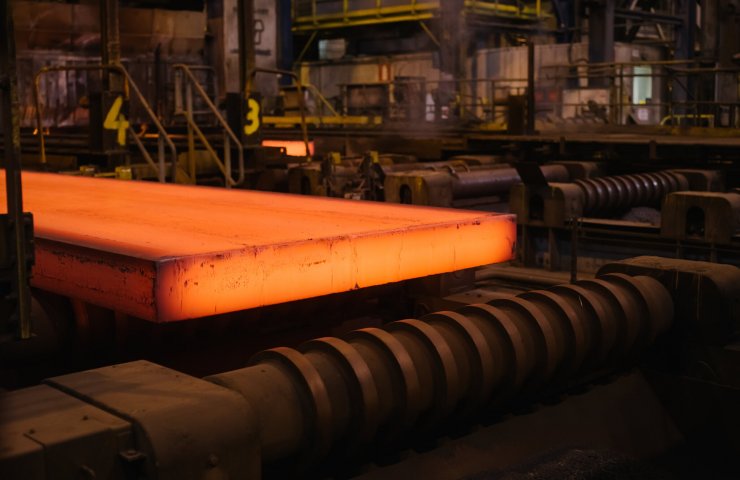The largest steel company, ArcelorMittal, is spending 325 million euros on pilot programs in Europe that include making steel using hydrogen and using bacteria to convert waste carbon dioxide into useful chemicals. This amount is less than 1 percent of the company's revenue for 2020.
But the future costs of converting a range of blast furnaces to sustainable facilities are likely to be in the tens of billions of euros, the company says.
ArcelorMittal has factories around the world, but environmental pressure is particularly acute in Europe. where the company produces about half of its steel. The company is headquartered in Luxembourg and Ursula von der Leyen, who became President of the European Commission in 2019, has declared a real war on environmental pollutants.
In 2019, ArcelorMittal's global operations produced 90 million metric tons of steel, about 5 percent of the global total, with 185 million tons of carbon dioxide emissions.
Emissions penalties under the European carbon trading program and other measures are expected to rise rapidly in the coming years, reducing already marginal profits for steel producers.
“Everyone expects the rules to be very strict,” said Akio Ito, Senior Partner at Roland Berger Consulting Company in Munich.
He predicts that in a few years, the carbon tariff could rise to € 150 per tonne of steel, which is about 20 percent of the current price per tonne of raw metal. If so, steel production in Europe could become too expensive, Ito said.
ArcelorMittal says it will take up to € 40 billion in investment over the next three decades to eliminate emissions from steel production in Europe alone, depending on methods. Steel production costs will also skyrocket.
According to Mr. Mittal, without financial support from governments "there would be no incentive for steel production in Europe."
By 2030, ArcelorMittal plans to reduce carbon dioxide emissions in Europe by 30 percent compared to 2018; and by 2050 the entire company will be carbon neutral. In the meantime, ArcelorMittal is trying to meet the growing consumer demand for low carbon steel by making relatively small investments, for example using natural gas with a small fraction of hydrogen instead of coke at the plant, labeling new steel products as “green steel”.
Jean-Christophe Vigourou, CEO of Ateliers 3S, a supplier of custom roofing materials and facades in Clermont-Ferrand, France, was the first buyer of this niche product, which differs from conventional steel only in labeling. In an interview, Mr. Viguru said that he ordered 1,000 tonnes of green steel at a roughly 10 percent markup to the market price.
Gert Van Poelvoorde, CEO of ArcelorMittal Europe, said that the opportunity to sell the material at the higher price was a pleasant surprise to help finance the emission reductions. More importantly, he said, offering a green-labeled product, customers and authorities who are considering funding these efforts are “very serious, and this is not just talk.”




